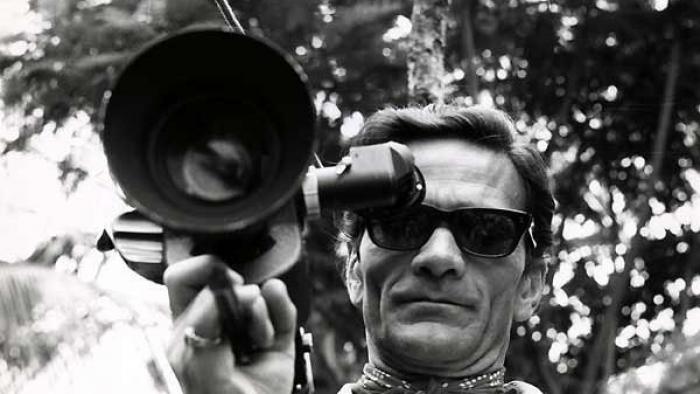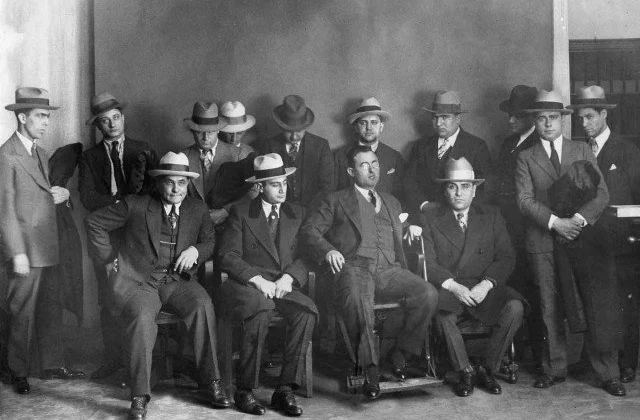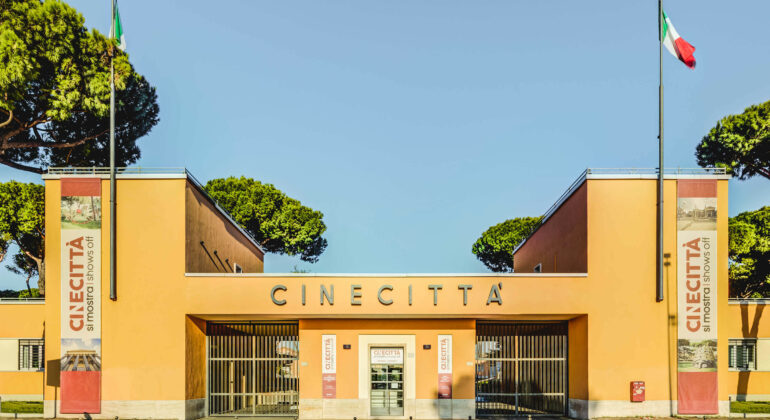Pier Paolo Pasolini and the fascinating Roman locations
From ‘La Rabbia’ to ‘Vita violenta’
Pier Paolo Pasolini, one of the greatest Italian directors and intellectuals of the 20th century, left an indelible mark on the world of cinema. All due to his unique connection with Rome, the eternal city, particularly significant in his artistic career. In this article, we will explore two of his most emblematic films, ‘La Rabbia’ (1963) and ‘Vita violenta’ (1962). Focusing on the evocative Roman locations that played a fundamental role in the narrative and visual context of the works.
‘La Rabbia’ is a documentary film by Pasolini that deals with political and social issues of the time, with a focus on Italian contradictions. Set mainly in the suburbs of Rome, the film uses a combination of archive images, everyday life sequences and interviews. Fundamental tool to explore the anger and frustration that permeated Italian society at the time.
The locations chosen by Pasolini for ‘La Rabbia’ are emblematic of his desire to represent the social reality of Rome. Suburban neighbourhoods, such as the Ostia district and EUR (Rome Universal Exhibition), serve as the backdrop for the stories of ordinary people. Pasolini intentionally avoided the iconic and touristy areas, such as the Colosseum or Piazza Navona, to focus on a more authentic vision of the city.
“Vita violenta’ tells the story of a young man seekinga way out from the misery of his existence. The film, overall, focuses on the Trastevere district, an area that Pasolini loved and that represented popular Roman life. The narrow, winding streets of Trastevere become the theatre for the adventures of the protagonist, played by Franco Citti. Pasolini explores the alleys, squares and hidden corners of this neighbourhood, capturing the unique energy and character of Trastevere.
Significant is the choice of this location, as the neighbourhood represents a meeting place for rebels and bohemian artists. Thus offering an authentic atmosphere to tell the story of an alienated young man looking for a better life.
To conclude, Pier Paolo Pasolini made masterful use of Roman locations to create an immersive and authentic cinematic experience. By choosing suburbs and working-class neighbourhoods as the backdrop for his stories, Pasolini was able to portray the social reality and contradictions of Italian society.
Watch the full movies at www.movieitalyplus.com or watch the clips at www.visititalywithmovies.com
Click here to read more articles!









Recent Comments